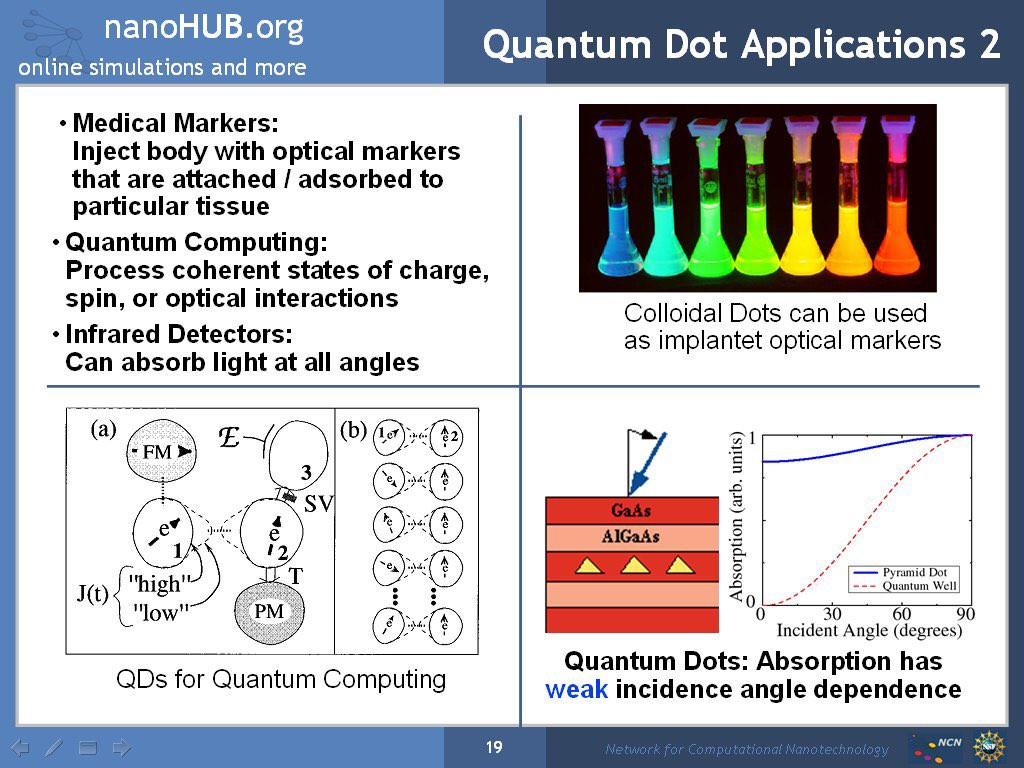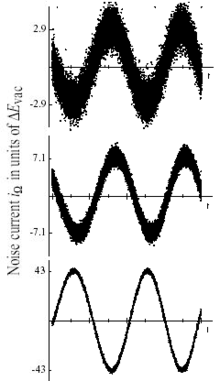Wife. Mother, Sister and Daughter of the Captain. Love My Country, My Flag and My President TRUMP. Listen, Verify & Lead - Loyal To The End
I do keep trying to understand this, but I just think it's above my pay grade. I'm sitting in the front of the class, but I still don't get it.
In classical optics, light is thought of as electromagnetic waves radiating from a source. Often, coherent laser light is thought of as light that is emitted by many such sources that are in phase. Actually, the picture of one photon being in-phase with another is not valid in quantum theory. Laser radiation is produced in a resonant cavity where the resonant frequency of the cavity is the same as the frequency associated with the atomic electron transitions providing energy flow into the field. As energy in the resonant mode builds up, the probability for stimulated emission, in that mode only, increases.
That is a positive feedback loop in which the amplitude in the resonant mode increases exponentially until some non-linear effects limit it. As a counter-example, a light bulb radiates light into a continuum of modes, and there is nothing that selects any one mode over the other. The emission process is highly random in space and time (see thermal light). In a laser, however, light is emitted into a resonant mode, and that mode is highly coherent. Thus, laser light is idealized as a coherent state. (Classically we describe such a state by an electric field oscillating as a stable wave.
Besides describing lasers, coherent states also behave in a convenient manner when describing the quantum action of beam splitters: two coherent-state input beams will simply convert to two coherent-state beams at the output with new amplitudes given by classical electromagnetic wave formulas; such a simple behaviour does not occur for other input states, including number states. Likewise if a coherent-state light beam is partially absorbed, then the remainder is a pure coherent state with a smaller amplitude, whereas partial absorption of non-coherent-state light produces a more complicated statistical mixed state. Thermal light can be described as a statistical mixture of coherent states, and the typical way of defining nonclassical light is that it cannot be described as a simple statistical mixture of coherent states
The energy eigenstates of the linear harmonic oscillator (e.g., masses on springs, lattice vibrations in a solid, vibrational motions of nuclei in molecules, or oscillations in the electromagnetic field) are fixed-number quantum states. The Fock state (e.g. a single photon) is the most particle-like state; it has a fixed number of particles, and phase is indeterminate. A coherent state distributes its quantum-mechanical uncertainty equally between the canonically conjugate coordinates, position and momentum, and the relative uncertainty in phase [defined heuristically] and amplitude are roughly equal—and small at high amplitude.
Quantum computing is an area of computing focused on developing computer technology based on the principles of quantum theory, which explains the behavior of energy and material on the atomic and subatomic levels. ... Quantum computing, on the other hand, uses quantum bits or qubits.
The quantum dot qubits being developed in III-V semiconductors are based on the charge or spin properties of single electrons. Stable and reproducible quantum dots have been developed using split-gate techniques that can be loaded with exactly zero, one or two electrons.
We have developed submicron-sized liposomes modified with a mucoadhesive polymer to enhance peptide drug absorption after oral administration. Liposomal behavior in the gastrointestinal tract is a critical factor for effective peptide drug delivery. The purpose of this study was to prepare quantum dot- (QD-) loaded submicron-sized liposomes and examine liposomal behavior in the body after oral administration using in vivo fluorescence imaging. Two types of CdSe/CdZnS QDs with different surface properties were used: hydrophobic (unmodified) QDs and hydrophilic QDs with glutathione (GSH) surface modifications. QD- and GSH-QD-loaded liposomes were prepared by a thin film hydration method.
Transmission electron microscopy revealed that QDs were embedded in the liposomal lipid bilayer. Conversely, GSH-QDs were present in the inner aqueous phase. Some of the GSH-QDs were electrostatically associated with the lipid membrane of stearylamine-bearing cationic liposomes. QD-loaded liposomes were detected in Caco-2 cells after exposure to the liposomes, and these liposomes were not toxic to the Caco-2 cells. Furthermore, we evaluated the in vivo bioadhesion and intestinal penetration of orally administered QD-loaded liposomes by observing the intestinal segment using confocal laser scanning microscopy.


